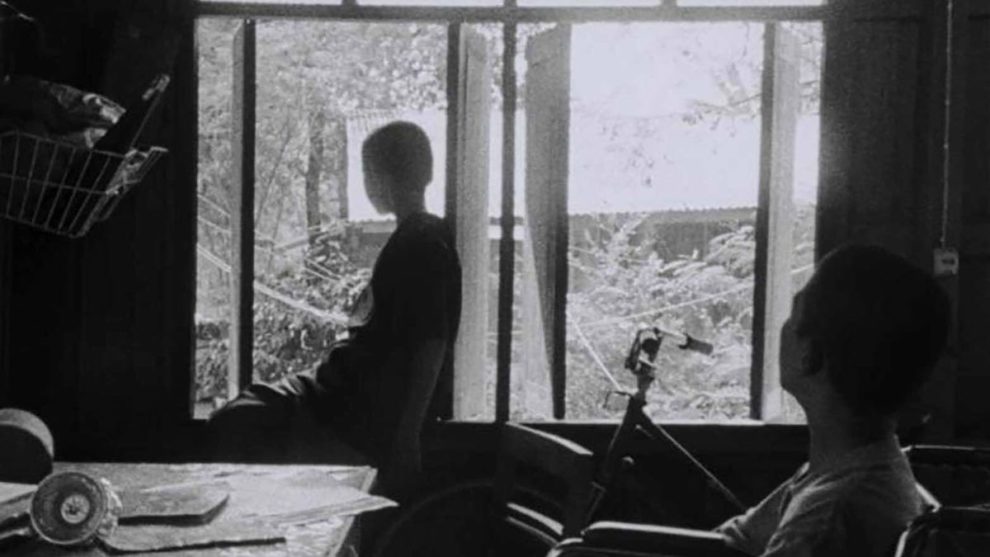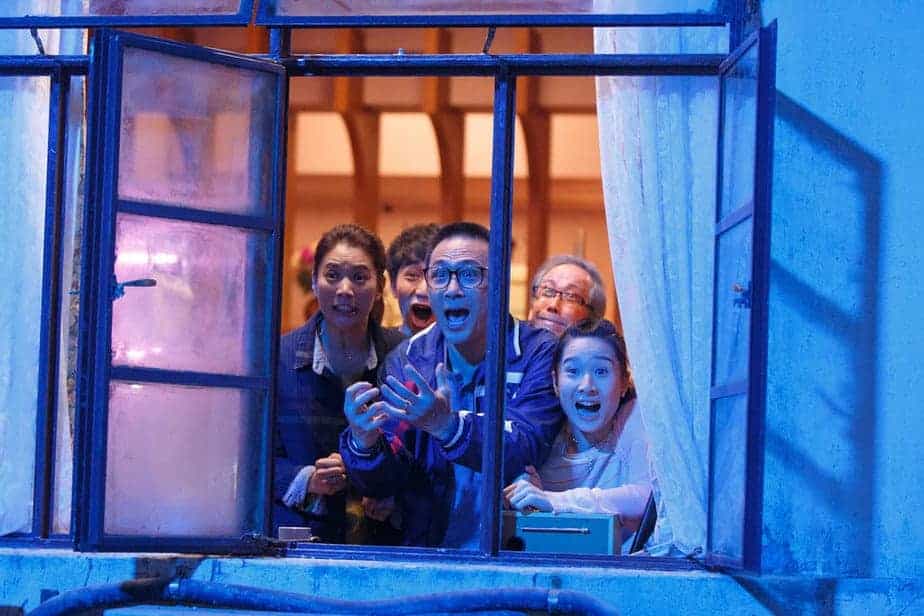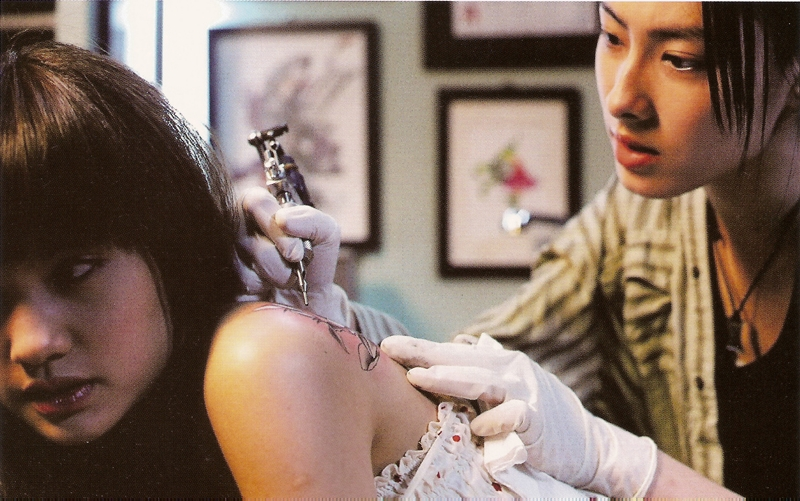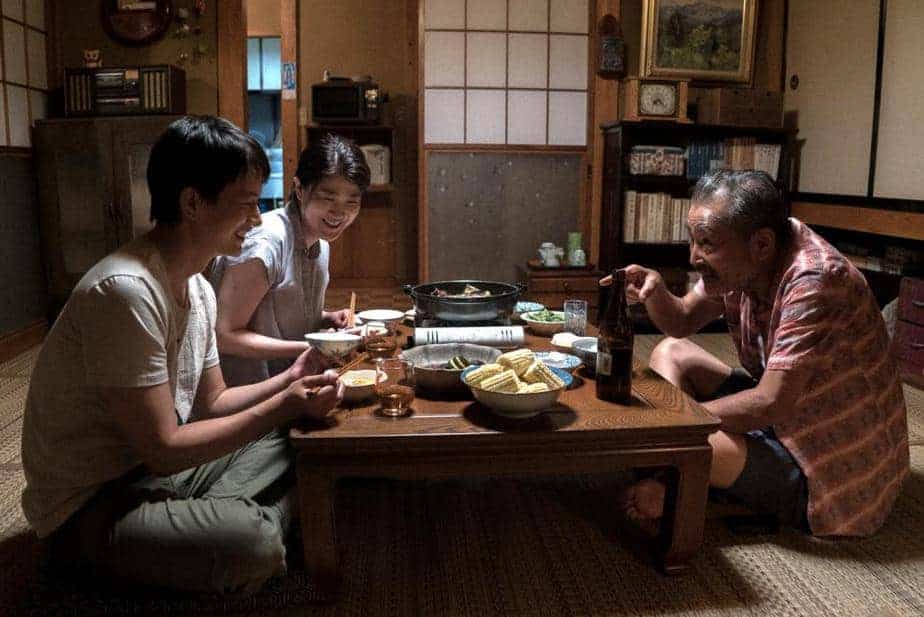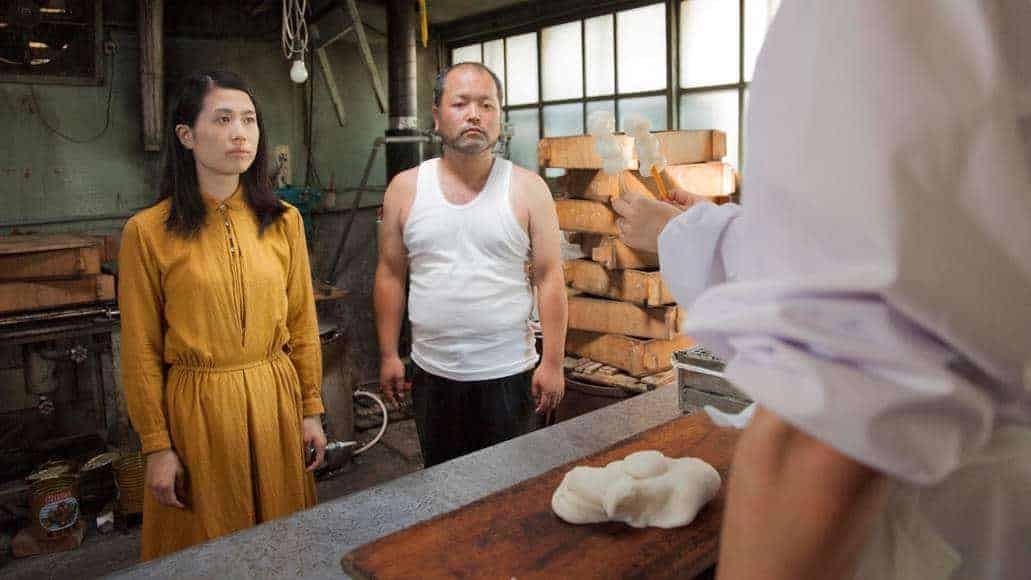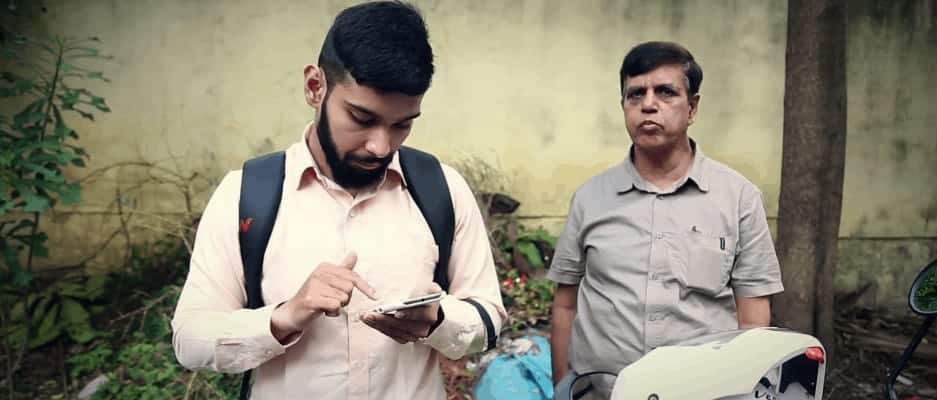Over the course of his career, the name of Thai filmmaker Apichatpong Weerasethakul has become a synonym for a special kind of storytelling and an aesthetic combining his home culture, geography and themes such as sexuality and dreams. There is no doubt that watching one of his features is quite a unique experience, but while “Blissfully Yours” and “Cemetery of Splendor” are well-known among cinephiles, Weerasethakul's first project is one that many have yet to discover. From 1997 to 1998, the director and a small crew shot “Mysterious Object at Noon”, a feature-documentary hybrid, on no budget at all. The movie premiered at the International Film Festival Rotterdam and later on won the Grand Prize at Jeonju International Film Festival and has been restored as well as preserved by the Austrian Film Museum and the Film Foundation, resulting in releases by companies such as Criterion or Second Run.
Buy This Title
on Amazon
The story of “Mysterious Object at Noon” can be divided into two parts. The first one follows the film crew traveling the Thai countryside and interviewing people from different strands of life about their ideas for a story surrounding a teacher and her pupil, who is bound to a wheelchair. These ideas construct the second part of the film, which is a re-enactment of the narrative which starts relatively mundane, while quickly venturing into the dreamlike and fantastical.

At the core of the feature, there is the “mysterious object”, an item which changes its shape just as often as the narrative itself. Its existence is never fully explained, neither by the filmmaker himself, who frequently adds his voice-over to the story, nor by the various people being interviewed. It is simply there, unnoticeable but in some way a catalyst for the events or rather “narrative intersections” unfolding on the screen. In the end, the approach to storytelling may be quite abstract, but there is, as with all of Weerasethakul's features, a distinct appeal, even though not all the changes to the story, as introduced by the interviewees, are that interesting.
However, there seems to be another layer to the director's approach. The concept of the collective narrative is presented as an integral part to the Thai culture or, for that matter, any culture. With short sequences showing a government official on a TV show and later on, the re-enactment of events which took place during the Pacific War, constructing a narrative is part of what makes us human, serving to make sense of events and, of course, constructs to maintain power and status, as seen with the official emphasizing how his version is the truth. On that note, “Mysterious Object at Noon” may also be a humorous commentary on these notions, how narrative constructs are superimposed on people, even though they may be just as “flawed” as children adding an alien to the story of a pupil and his teacher.
In the end, there is certainly a great appeal to “Mysterious Object at Noon”. Its experimental, playful nature is a great introduction to the works of Apichatpong Weerasethakul, whose approach and idea of storytelling is deeply rooted in the collective narrative which defines a culture and people.


